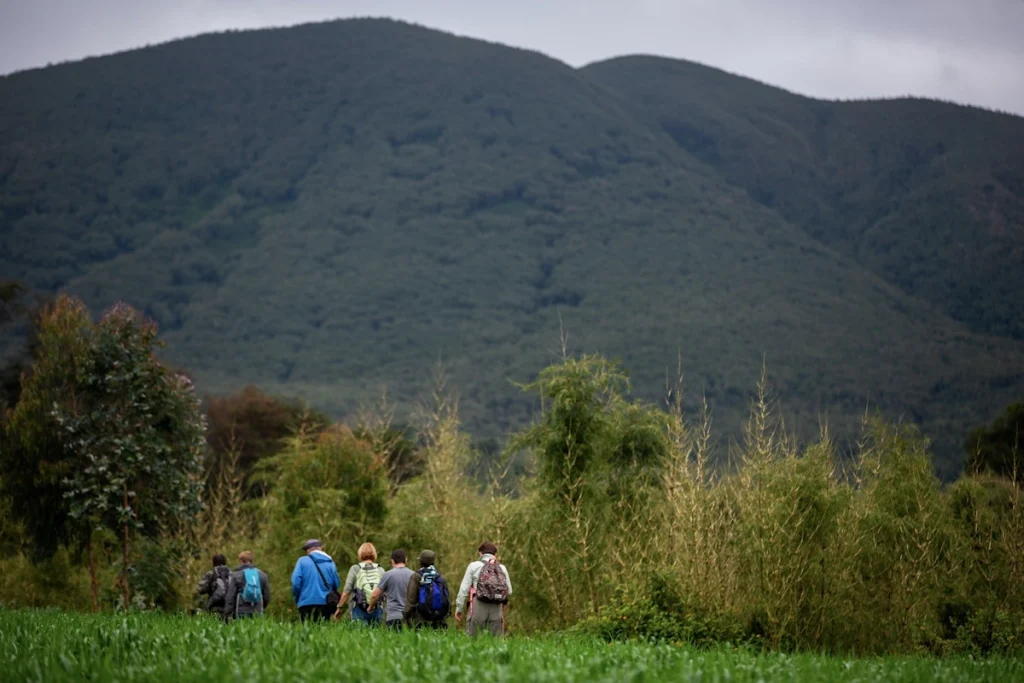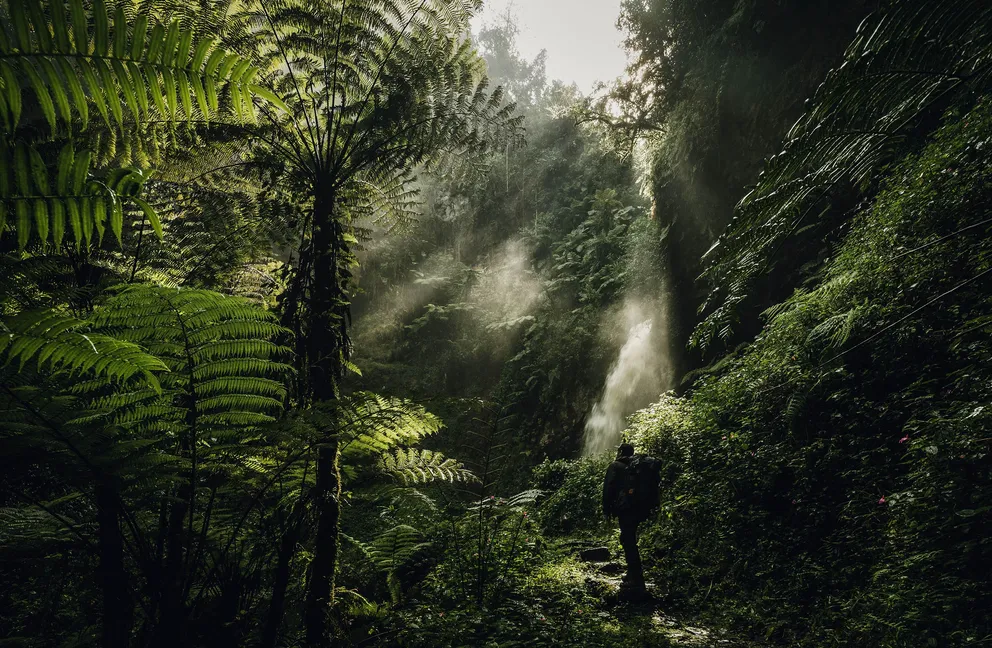Uganda and Rwanda, often referred to as the “Heart of Africa,” offer unparalleled safari experiences, from tracking endangered mountain gorillas in lush rainforests to encountering diverse wildlife in sprawling savannahs. These neighboring countries complement each other beautifully, offering a unique blend of primate encounters, classic safaris, and breathtaking scenery. Planning your dream safari can seem complex, but with this step-by-step guide, you can create a personalized itinerary that captures the best of both Uganda and Rwanda.

Step 1: Define Your Safari Style and Interests
Before diving into logistics, consider what you envision for your safari:
- Gorilla Trekking: A life-changing experience, available in both Uganda (Bwindi Impenetrable National Park) and Rwanda (Volcanoes National Park). Permits are essential and require advance booking.
- Chimpanzee Tracking: Encounter our closest relatives in their natural habitat, primarily in Uganda’s Kibale Forest National Park and Nyungwe Forest National Park in Rwanda.
- Wildlife Viewing: Explore national parks like Queen Elizabeth National Park (Uganda), Akagera National Park (Rwanda), and Murchison Falls National Park
- (Uganda), home to lions, elephants, giraffes, buffaloes, and diverse birdlife.
- Golden Monkey Trekking: A unique primate experience offered in both Uganda and Rwanda.
- Birdwatching: Both countries are birding paradises, boasting hundreds of species.
- Cultural Experiences: Immerse yourself in the rich cultures of Uganda and Rwanda, interacting with local communities and learning about their traditions.
Step 2: Choose Your Safari Destinations
Uganda:
- Bwindi Impenetrable National Park: Famous for gorilla trekking, also a UNESCO World Heritage Site.
- Queen Elizabeth National Park: Classic savannah landscapes, tree-climbing lions, and abundant wildlife.
- Murchison Falls National Park: Dominated by the powerful Murchison Falls, offering stunning scenery and wildlife viewing.
- Kibale Forest National Park: Primate capital of Africa, ideal for chimpanzee tracking.

Rwanda:
- Volcanoes National Park: Home to mountain gorillas and golden monkeys.
- Nyungwe Forest National Park: Known for chimpanzee tracking, canopy walks, and diverse flora.
- Akagera National Park: Rwanda’s only savannah park, offering classic wildlife viewing.

Step 3: Determine Your Budget and Travel Dates
Safari costs can vary significantly. Consider:
- Park Fees: Payable per day and activity (gorilla and chimpanzee permits are a significant expense).
- Accommodation: Options range from budget-friendly guesthouses to luxurious lodges.
- Transportation: Private 4×4 vehicle, shared transport, or domestic flights.
- Activities: Gorilla and chimpanzee permits are a major cost factor.
- Food and Drinks: Factor in meals and beverages.
The dry seasons (June-August and December-February) are generally best for wildlife viewing but are also peak seasons with higher prices and more tourists. Shoulder seasons (March-May and September-November) offer a good balance of pleasant weather and fewer crowds.
Step 4: Book Your Safari and Permits
- Tour Operator: A reputable tour operator can handle logistics, from permits and accommodation to transportation and guides, especially crucial for combined Uganda-Rwanda itineraries.
- Permits: Gorilla and chimpanzee permits must be booked well in advance through the respective wildlife authorities (Uganda Wildlife Authority (UWA) and Rwanda Development Board (RDB)).
- Accommodation: Book lodges/guesthouses in advance, especially during peak season.
- Flights: Book international flights to Entebbe International Airport (EBB) in Uganda or Kigali International Airport (KGL) in Rwanda, depending on your entry point. Consider regional flights between the countries.
- Visas: Ensure you have the necessary visas for both Uganda and Rwanda (consider the East Africa Tourist Visa if traveling extensively in the region).
Step 5: Prepare for Your Trip
- Vaccinations: Consult your doctor about recommended vaccinations and malaria prophylaxis.
- Packing List: Pack light, comfortable clothing in neutral colors, sturdy hiking shoes, a hat, sunscreen, insect repellent, and binoculars. Rain gear is essential, especially for gorilla trekking.
- Currency: Ugandan Shilling (UGX) and Rwandan Franc (RWF) are the local currencies. US dollars are widely accepted, but it’s good to have local currency for smaller purchases.
Step 6: Embrace the Adventure!
Once in Uganda and Rwanda, relax and enjoy the incredible experiences. Be prepared for early mornings, long drives, and the unpredictable wonders of the African bush. Respect wildlife, follow your guide’s instructions, and immerse yourself in the beauty of these two remarkable countries. Your dream safari is about to begin!
Tips for Beginners:
- Start Planning Early: Gorilla and chimpanzee permits can be booked up to a year in advance.
- Combine Activities: Consider combining gorilla trekking with wildlife viewing, chimpanzee tracking, or cultural experiences for a more diverse safari.
- Do Your Research: Read blogs, travel guides, and reviews to learn more about national parks and wildlife.
- Ask Questions: Don’t hesitate to ask your tour operator or guide any questions.
- Be Flexible: Safari itineraries can change due to weather or wildlife movements.
- Respect the Environment: Practice responsible tourism and minimize your impact.
A combined Uganda and Rwanda safari offers a unique and transformative experience. By following these steps, you can plan an unforgettable adventure, creating memories that will last a lifetime. Welcome to the Heart of Africa!

